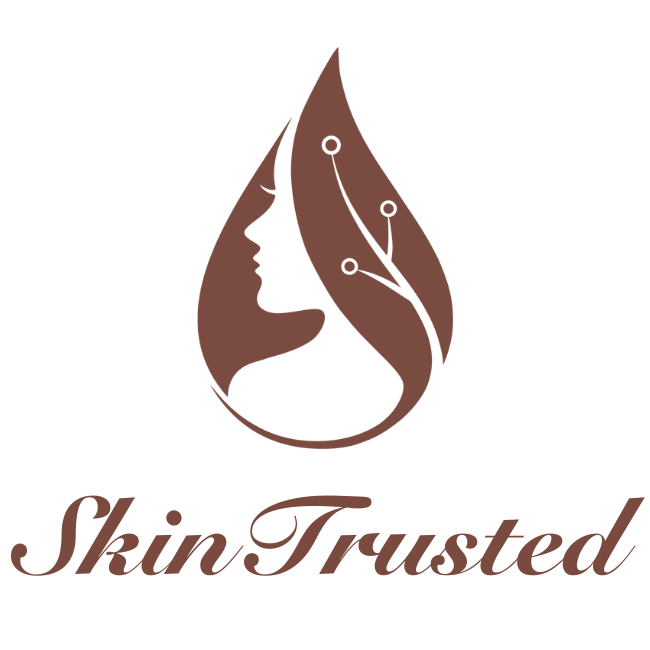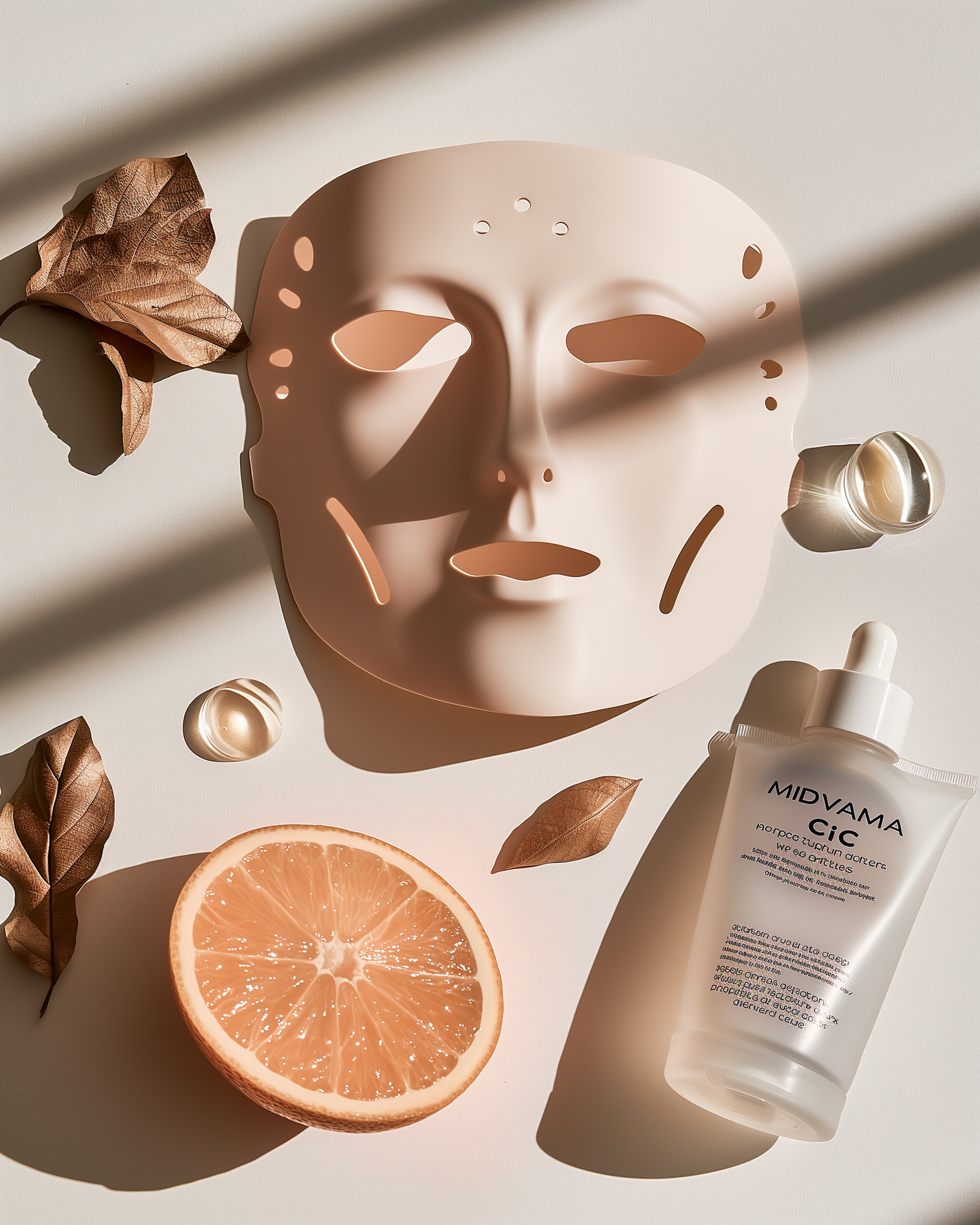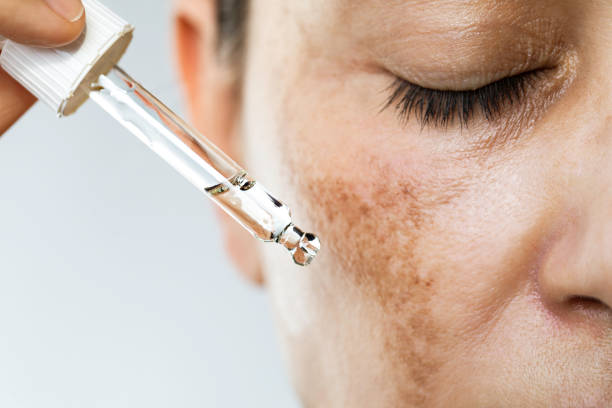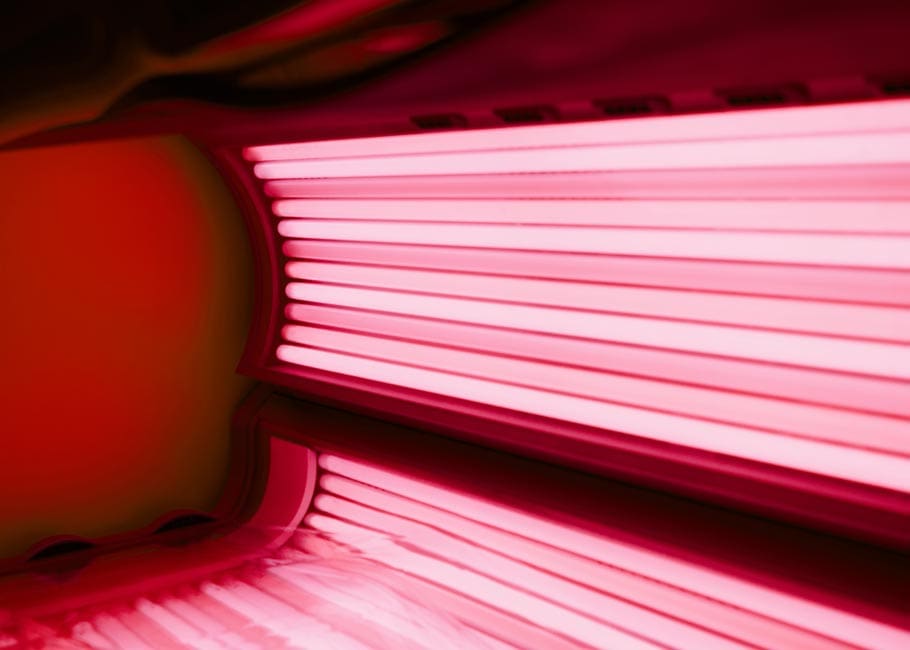- Dull skin
- Acne
- Uneven skin tone
- Fine lines and wrinkles
- Skin texture
- Visible redness
- Dryness
- Pigmentation
PRICE RANGE: $50-$500 depending upon brand, type, and skincare professional.
AVERAGE DOWNTIME: Superficial chemical peels typically require no downtime, making them a convenient option for skin rejuvenation. However, mild side effects such as redness, irritation, and flaking can occur, usually lasting for up to a week after the procedure.
LIGHT CHEMICAL PEEL OVERVIEW
A light or superficial chemical peel is the mildest form of chemical exfoliation, targeting the epidermis by removing part or all of its outer layers. This process triggers inflammation, stimulating the production of collagen, elastin, and glycosaminoglycans, which help improve skin texture and elasticity. Most patients can resume normal activities immediately after the procedure. The result is a brighter, more even complexion with improved skin tone and texture. Proper aftercare, including moisturizing, avoiding harsh skincare products, and applying sunscreen, can help minimize these effects and support the healing process. For best results, follow your skincare professional's guidance on post-treatment care.
A series of light chemical peels performed monthly can enhance the effects of individual treatments by creating a cumulative, layered impact on the skin. This approach is particularly appealing for individuals who prefer not to experience the extended recovery periods often associated with medium-depth peels. For optimal results, it is crucial to consult with a skilled skincare professional who can tailor the treatment plan and provide detailed pre- and post-care instructions. Adhering to these guidelines ensures safety and maximizes the benefits of the peel series, such as improved skin tone, texture, and brightness.
LIGHT CHEMICAL PEEL FAQS
How long does a light chemical peel last?
Light chemical peels, the broadest category of chemical exfoliation, offer numerous options with varying outcomes. Generally, the effects last 1-2 months. The quality and longevity of results can be enhanced by following a detailed pre- and post-treatment protocol, as recommended by the skincare professional performing the procedure. Proper adherence ensures optimal benefits, such as brighter, smoother skin, while minimizing potential irritation or complications.
What is considered a light chemical peel?
A light chemical peel targets depths between 0.004 mm (stratum corneum) and 0.06 mm within the epidermis. These peels can consist of single acids or combinations of superficial acids. The strength of a light peel is influenced by the acid concentration, solvent, application method, and skin preparation. Common examples include:
-
- Alpha-hydroxy acids (AHAs): Glycolic acid (20–70%, derived from sugarcane), lactic acid (from milk), malic acid (from apples), citric acid (from citrus fruits), and tartaric acid (from grapes).
- Beta-hydroxy acids (BHAs): Salicylic acid (10–30%).
- Trichloroacetic acid (TCA): 10–35%.
- Jessner's Peel: Traditionally includes resorcinol, but modified solutions now use 17% lactic acid, 17% salicylic acid, 8% citric acid, and ethanol.
These peels are customized by skincare professionals based on skin type and desired results.
Does your skin peel after a light chemical peel?
Light peeling after a chemical peel varies based on the solution used, skin type, and skin health. Peeling typically starts 2–3 days post-treatment and may last 1–7 days. Avoid picking or pulling at peeling skin to prevent damage and prolong healing. Not all light chemical peels cause visible peeling, as improvements can occur without it. Always follow post-care guidelines provided by your skincare professional to ensure optimal results and healing.
Is a light chemical peel painful?
A superficial chemical peel typically causes mild sensations, such as tingling, itching, or a light burning sensation. Discomfort levels vary depending on the peel type, application method, and skin condition. For example, glycolic and lactic acid peels often feel itchy or stingy, while TCA or Jessner’s peels may produce a more intense heat sensation with additional layers. These sensations are generally manageable without pain medication, relying instead on cooling fans or compresses. Patients concerned about discomfort should discuss options with their skincare professional to ensure a comfortable experience.
Is a light chemical peel safe?
A light chemical peel is generally safe for most people, including some pregnant patients if approved by their doctor. These peels work within the epidermis and rarely result in complications when performed by a trained professional. Proper adherence to pre- and post-treatment care guidelines significantly minimizes risks. Consulting a qualified skincare provider ensures the peel is appropriate for individual skin needs and conditions.
Can I do a light chemical peel at home?
Performing the mildest light chemical peels are safest when guided by a skincare professional. They can assess skin conditions, provide personalized recommendations, and train patients to recognize when their skin may benefit from a peel. Professionals also offer guidance on correctly performing light peels at home, ensuring proper technique and minimizing risks.
Can I wear makeup after a chemical peel?
The ability to apply makeup after a light chemical peel depends on the type of peel and the condition of the skin post-treatment. Some peels are formulated to prepare the skin for events where makeup is expected, while others might benefit from a makeup-free recovery period to allow better absorption of post-treatment serums and nutrients. Wearing makeup immediately after a peel could accentuate flaking or create a cakey appearance due to increased exfoliation. Patients prioritizing makeup use after a peel should inform their skincare professional during the consultation to select the most suitable treatment.
How often should you get a chemical peel?
Superficial chemical peels vary in strength and activity within the skin. A true superficial peel, which penetrates up to 0.06mm in the epidermis, can generally be repeated every 4-6 weeks. Lighter chemical exfoliants, often marketed as superficial peels but not meeting the 0.004mm depth threshold, are safe for weekly use. The wide variety of superficial peels highlights the importance of consulting a skilled skincare professional to determine the appropriate type and frequency of treatment based on individual needs.
Do light chemical peels remove facial hair?
Chemical peels, including light or superficial types, target skin cells by dissolving the bonds between them without affecting hair, as hair’s keratin structure is chemically distinct. A common combination treatment includes dermaplaning to remove vellus hair followed by a chemical peel. Depilatory creams, which dissolve hair, require an alkaline environment, contrasting with the acidic nature of chemical peels. Timing the use of depilatory creams before or after a peel should be guided by a skincare professional to ensure safe and effective results.
What should I not do before a light chemical peel?
To ensure the best results from a superficial chemical peel, it's essential to prepare the skin properly. Limiting sun exposure for at least two weeks before the procedure helps prevent complications, as does stopping the use of retinoids or exfoliating acids 2-5 days beforehand. These precautions support skin recovery and minimize the risk of abnormal reactions.
*Always consult your physician before undergoing any procedure
**Follow all product use instructions and warnings
***If irritation occurs, discontinue use; if irritation persists, consult your physician



